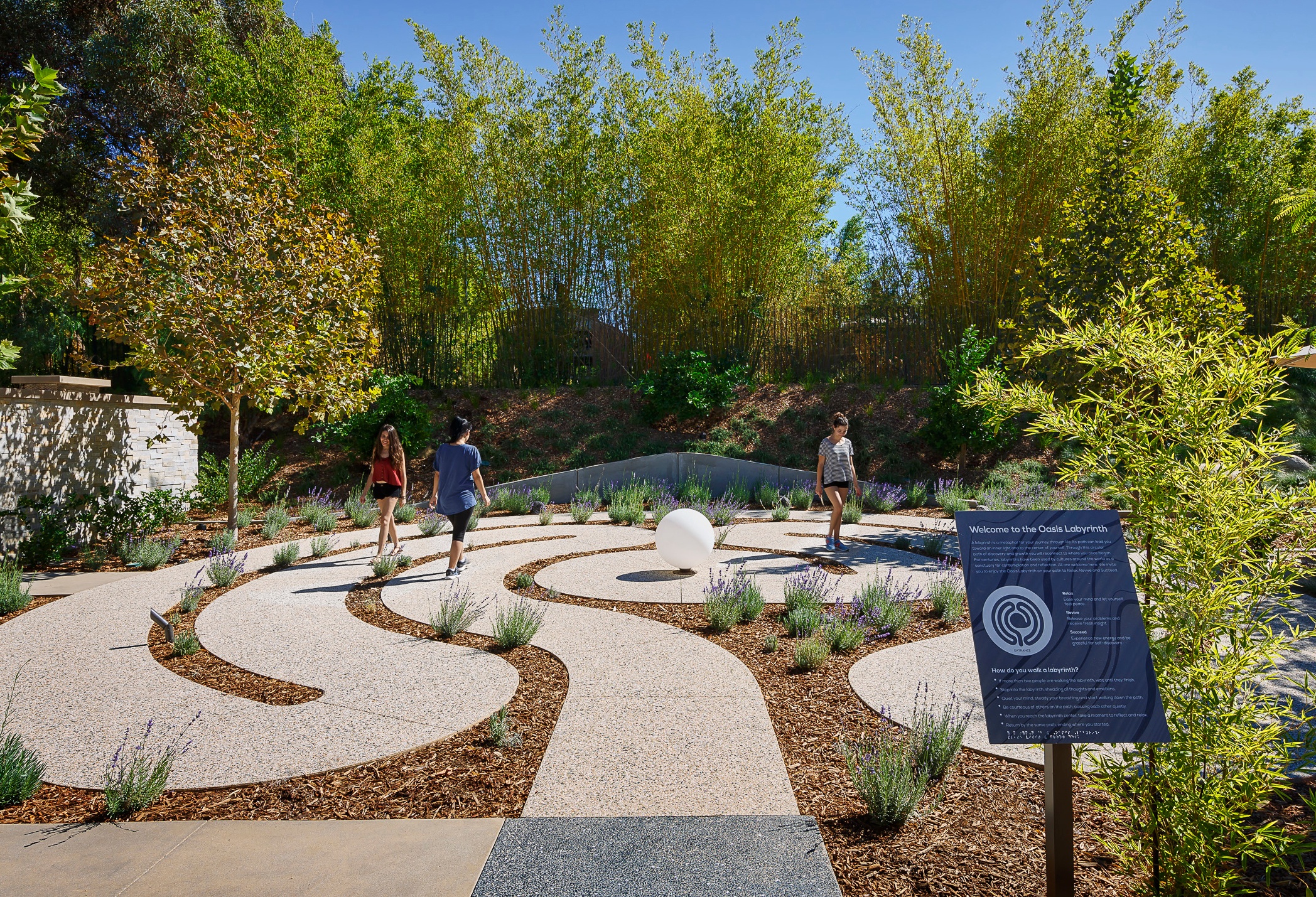How to Create Healthy Learning Environments with Active Design
Fri, Jul 28, 2017 Winston Bao Palomar College, Higher Education, E3 Civic High, Winston Bao, CSU Northridge Oasis Wellness Center, Active Design
The philosophy of active design makes a student’s well-being and health a key priority in campus design. An active environment helps students develop the body and mind, creating a setting where they learn to make healthy choices and establish habits that last a lifetime.
Active design can be incorporated into any facility or campus with a few simple steps. Apply any of the following ideas for a simple but effective way to enhance student life:
Whenever possible, celebrate collaboration and provide opportunities for students to share—whether it be knowledge, culture or school pride. For students at e3 Civic High, whose school is located within two floors of San Diego’s nine-story public library, the floors are connected by a wood grand staircase that serves as an amphitheater and social hub. This prominent feature provides an interior wayfinding landmark that inspires physical activity and social connection.
Use Design as a Guide
Design features can inform how people use and navigate through spaces. At Palomar College in North San Diego County, a landscaped courtyard at the center of the building is surrounded open walkways instead of interior lobbies and corridors. Studies show the average American spends 93 percent of time indoors, but the human need to connect with nature remains. These outdoor social spaces not only encourage interaction and student engagement, but suggest vertical circulation through iconic glass enclosed stairs instead of elevators in this biophilia-inspired environment.
Create a Space for Mindfulness

Provide an opportunity for people to develop an awareness and connection to their surroundings, and ultimately mindful of the moment. Colleges and universities are seeking to help students balance their lives to achieve academic success, specifically coping with stress and sleep deprivation. At California State University, Northridge, the Oasis Wellness Center features a labyrinth that encourages exploration and provides an opportunity to disconnect and reconnect all at the same time. For centuries, these paths have been used for spiritual centering to quiet the mind, steady breathing and a metaphor of a journey focused on reflection and contemplation.
By integrating connections, nature, social and mindfulness features, any educational environment becomes more than just a place of knowledge. These holistic settings truly provide value to its occupants where the focus shifts to developing our students in a comprehensive way that helps them balance academic and student life to support their educational goals.
Winston Bao is an Associate and Design Director of education projects. He is a LEED Accredited Professional who has made sustainable design and lifelong learning enviornmnets the focus of his career.

